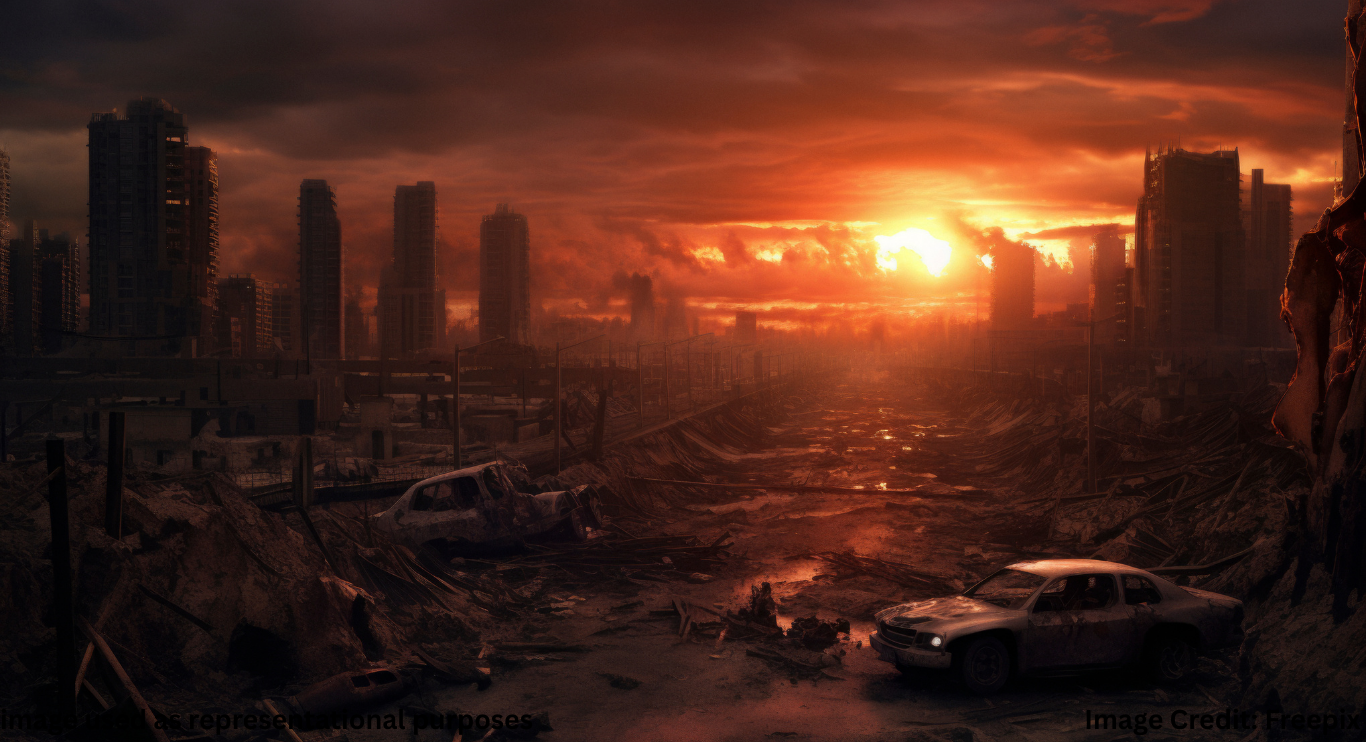
Escalating Wildfires and Health Alerts in Arizona
In recent years, escalating wildfires and health alerts in Arizona have become more than just seasonal headlines — they are now a stark reality for thousands. If you’ve ever driven through Flagstaff or spent a summer in Phoenix, you’ve likely noticed the growing intensity of fire seasons. This article unpacks the urgent crisis facing Arizona, offering real-life stories, actionable safety tips, and insight into what lies ahead.
Why Arizona’s Wildfires Are Escalating
Focus Keyword in Subheading
Escalating wildfires and health alerts in Arizona have seen a sharp rise, particularly due to drier summers and unpredictable wind patterns. According to InciWeb, more than 25 active wildfires have been reported this summer, burning over 300,000 acres across central and northern Arizona.
Several factors contribute: Record-high temperatures that dry out vegetation, reduced snowpack and rainfall, urban sprawl encroaching on fire-prone areas.
These fires are no longer confined to remote forests—they’re inching closer to suburban neighborhoods and city borders, prompting air quality warnings almost weekly.
The Health Impacts of Arizona Wildfires
Wildfire Smoke and Respiratory Issues
The smoke from wildfires contains particulate matter (PM2.5) that can easily enter the lungs. This has led to a surge in ER visits due to asthma, bronchitis, and cardiovascular issues.
One such case is Linda Thompson, a 62-year-old from Tucson who says,
“I’ve never had asthma in my life. But during last year’s fires, I ended up in the ER with severe breathing problems.”
The Arizona Department of Health Services has advised staying indoors during red-alert air quality days and using air purifiers if possible. Check the AirNow website for daily updates.
Personal Stories from Arizona Residents
When Wildfires Hit Close to Home
Real-life accounts bring this crisis into focus. Miguel Rodriguez, a firefighter in Sedona, shared how he had to evacuate his own home while helping others:
“It’s different when the smoke you’re fighting follows you home. You feel helpless, even in uniform.”
In Prescott, a young couple lost their wedding venue to a fast-moving blaze just two weeks before their ceremony. “We didn’t think the fire would reach us, but it did — overnight,” said bride-to-be Hannah Bell.
These narratives underline the urgent need for awareness and preparedness.
Practical Tips to Stay Safe During Wildfire Season
Key Actions You Can Take
It’s not enough to hope the fires won’t reach you. You must prepare:
1. Sign up for local emergency alerts using FEMA or county services.
2. Create a ‘Go Bag’ with medications, water, N95 masks, and essential documents.
3. Install air purifiers and seal windows when smoke is heavy.
4. Keep your car’s gas tank half-full in case of sudden evacuation.
5. Follow local air quality alerts via the Arizona Department of Environmental Quality.
Government Response and Emergency Services
How the State is Acting
Arizona’s Emergency Management Division has deployed firefighting crews from California and Utah. Mobile health units have also been activated in counties with high pollution levels.
Governor Katie Hobbs recently said,
“These fires are a public health emergency, not just a land management issue.”
Still, some argue more funding is needed for proactive forest thinning and community outreach.
Climate Change and the Future of Arizona Wildfires
The growing intensity of escalating wildfires and health alerts in Arizona is deeply tied to climate change. Warmer winters mean pests like bark beetles survive longer, killing trees and turning them into fuel.
Scientists from Arizona State University predict wildfire seasons could extend by two months if carbon emissions continue at current rates. This aligns with trends seen across the Western U.S., where mega-fires are becoming the norm, not the exception.
Final Thoughts
As the data — and stories — show, escalating wildfires and health alerts in Arizona are no longer future concerns. They are happening now. They affect real people. And they require real action.
Whether you’re a longtime resident or just passing through, this crisis touches you. Taking preventive steps, staying informed, and supporting climate-resilient policies could be the difference between danger and safety, devastation and survival.

Akalumhe Jefferson is a content writer with a new found interest for crafting engaging stories that transport readers to new worlds. Although no current actual background in creative writing but there’s active love for writing



